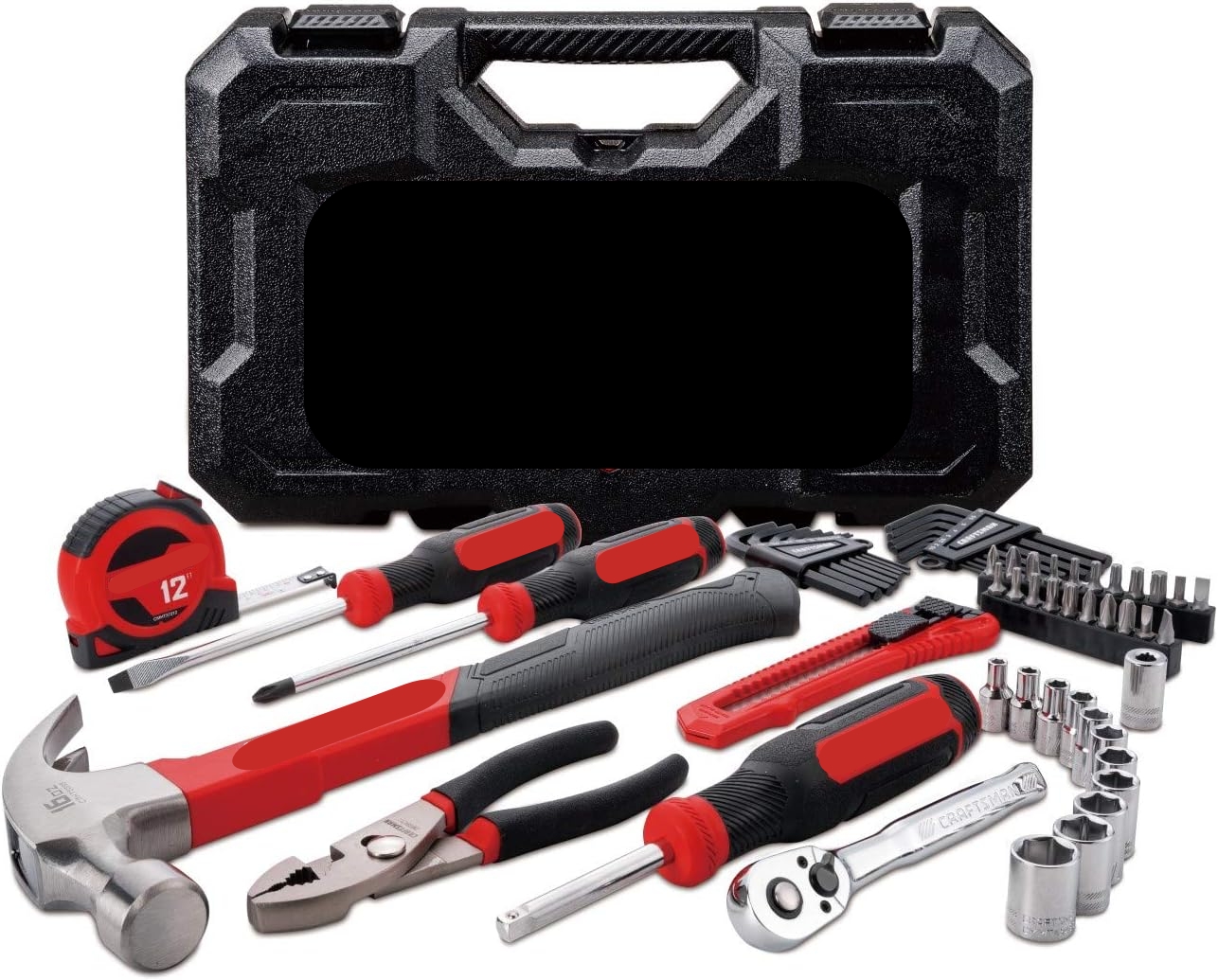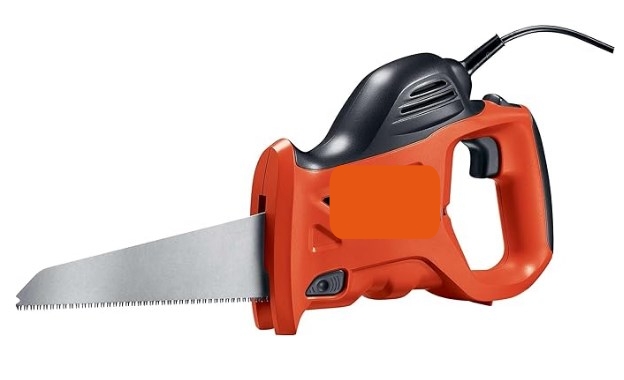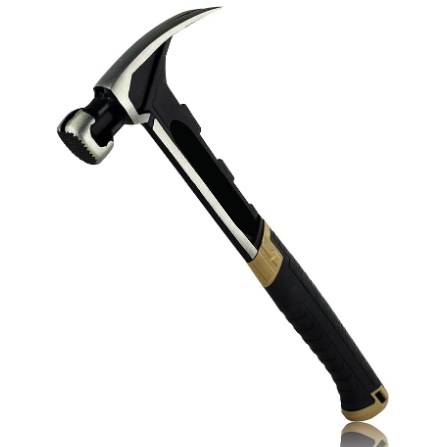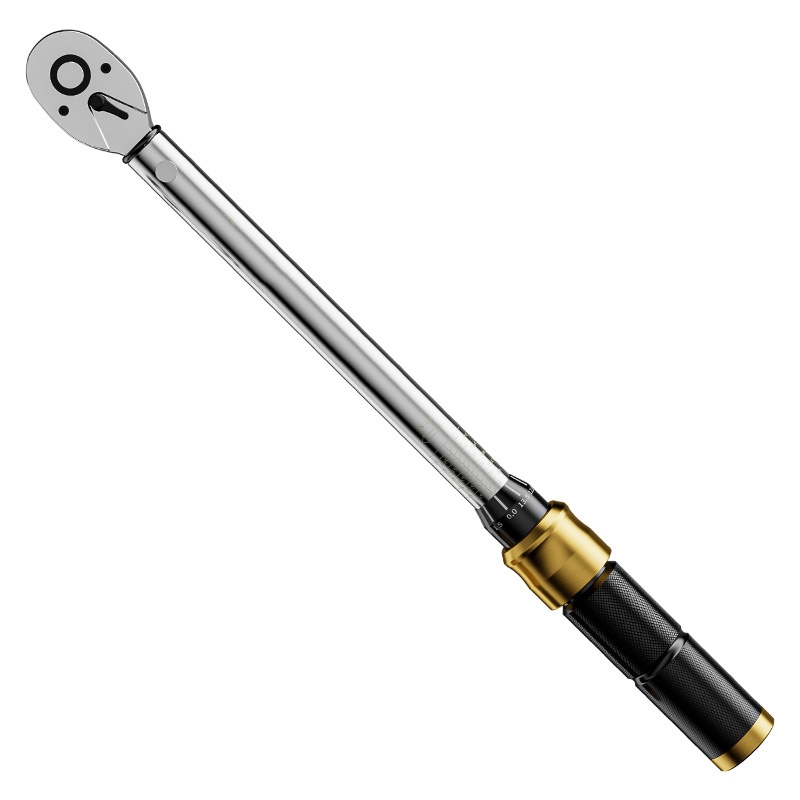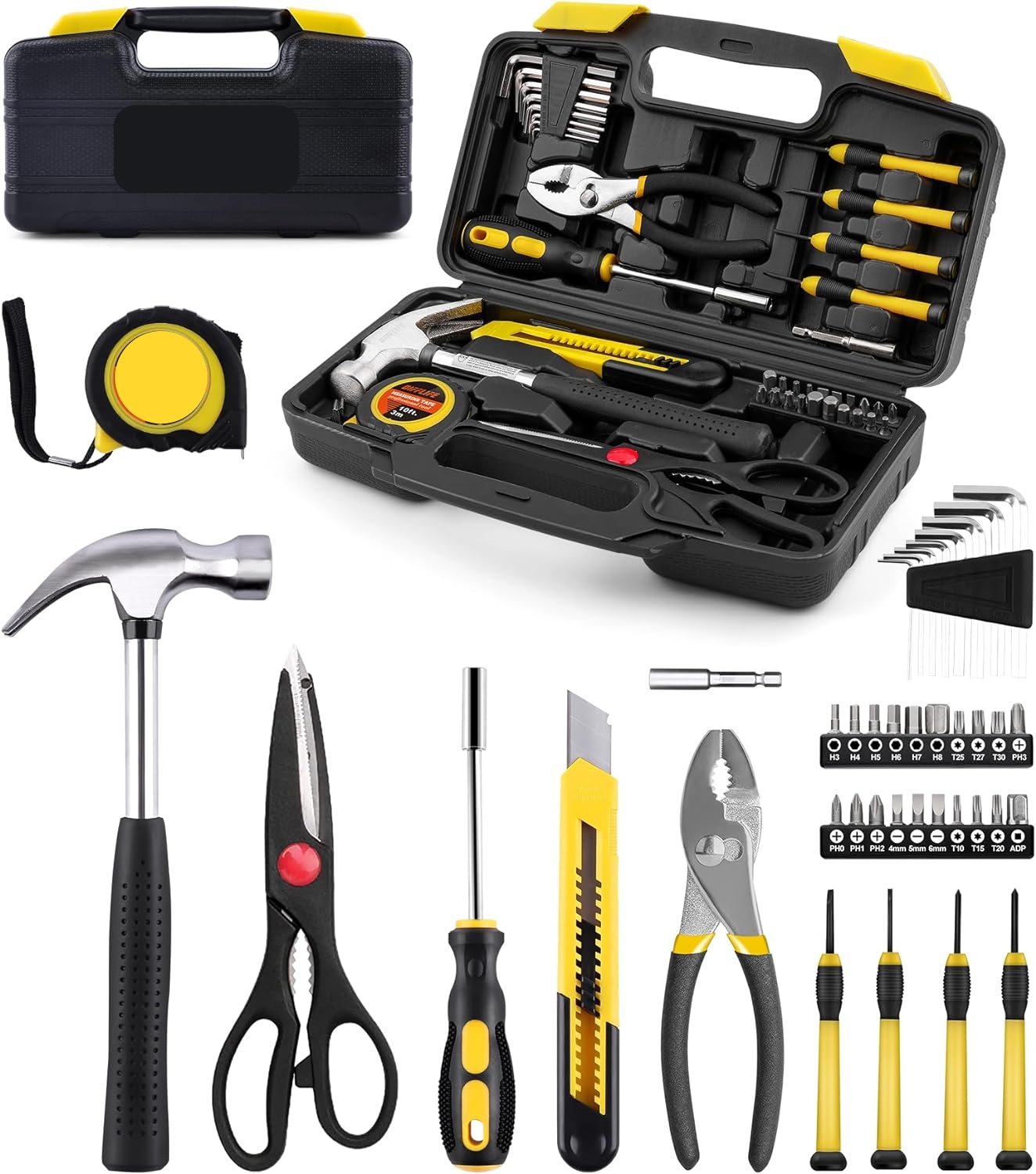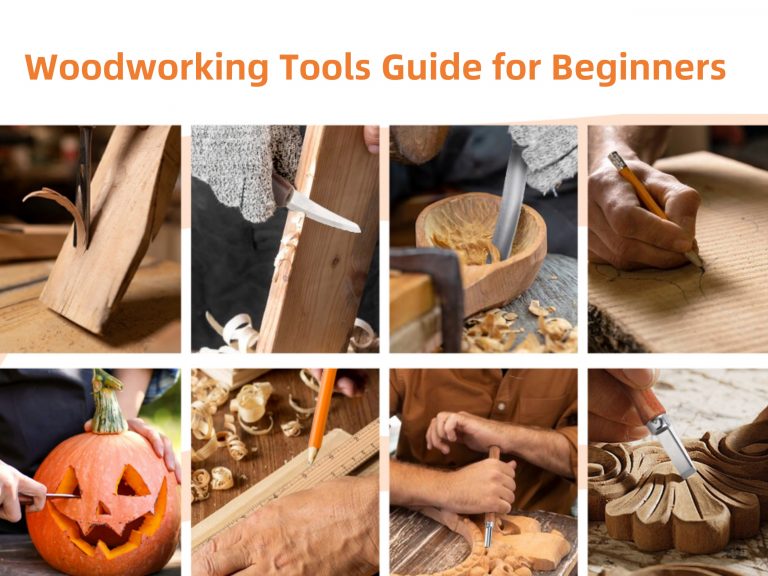Hand tools are witnesses of people using tools for thousands of years, and they still play a vital role in all walks of life and daily life. In this article, we will have a clear initial understanding of the hand tools. Let us take the first step in our journey to explore the magical tools – hand tools.
What are hand tools
Hand tools can be defined as tools that are manually driven rather than powered by a power source. These tools are designed to be held and manipulated by the user to perform specific tasks. They are typically portable, versatile, and can be used in a wide range of applications. Hand tools are commonly made of materials such as steel, aluminum, and wood, and they come in various shapes and sizes to suit different purposes.
Types of Hand Tools
Hand tools can be classified into several categories according to their functions and applications. Common categories include cutting tools, striking tools, gripping tools, fastening tools, and measuring tools.
Cutting Tools
Cutting tools are designed to cut, shape, or remove materials. Examples of cutting tools include saws, knives, scissors. Saws are used to cut wood, metal and other materials, such as hand saws, hacksaws and curve saws. Knives are used to cut various materials, household kitchen knives, folding knives, universal knives. Scissors can be divided into ordinary household scissors, sewing scissors, as well as wire cutters and aviation scissors for cutting thick materials like metal. Cutting tools play an indispensable role in various activities.
Striking Tools
Striking tools are tools that apply force to a material, usually used to hammer nails or break concrete, and they use the energy generated by the swing to transmit the force to the material being struck. The most common striking tools are hammers, mallets, and sledgehammers. Hammers are used for hammering nails or breaking materials, mallets are used for chiseling, and sledgehammers are used for heavy tasks, breaking concrete and rock.
Gripping Tools
Gripping tools are valuable tools designed to hold, twist, or turn objects. Pliers, clamps,vice are common examples of gripping tools that are essential for various mechanical and household tasks. Pliers are used to grip and secure small objects or materials, while clamps are used to hold larger materials in place. The vice is used to hold the material firmly in place during processing.
Fastening Tools
Fastening tools are instrumental for joining or securing materials together. This category includes tools such as screwdrivers, wrenches, and clamps, which are essential for assembling and repairing objects. Fastening tools are used in a variety of applications, including woodworking, metal working, construction and automotive repair.In woodworking, fastening tools connect and fasten materials together, allowing the material to be accurately cut and drilled.In metal working, it will ensure that the material is accurately cut and drilled. In shipbuilding and auto repair, it enables materials to be accurately installed.
Measuring Tools
Measuring tools are essential hand tools for measuring and marking materials in high accuracy. Common tools are rulers, levels, straighteurs and tape measures. A ruler is used to measure distance length, a level ensures a flat and level surface, a square is used to determine angles, and a tape measure is used to measure longer distances. These tools are widely used in various fields such as woodworking, metalworking, construction, and engineering.
Importance of Hand Tools
Hand tools play indispensable roles in a multitude of tasks and industries, and their importance cannot be overstated. Here are some key reasons why hand tools are essential:
1. Versatility: Hand tools are versatile and can be used in a wide range of applications. Whether it’s for woodworking, metalworking, plumbing, or electrical work, hand tools are essential for performing precise and intricate tasks.
2. Portability: Unlike power tools, hand tools, being lightweight and portable, are ideal for use in remote locations or areas without electricity. This portability makes hand tools essential for outdoor work, construction sites, and emergency repairs.
3. Precision: Hand tools allow for precise and controlled manipulation, making them essential for tasks that require accuracy and attention to detail. Whether it’s measuring, cutting, or fastening, hand tools provide the control needed to achieve high-quality results.
4. Safety: Safety is always a critical aspect to consider when selecting tools of any kind. Compared to power tools, hand tools typically pose a lesser risk of electrical or mechanical malfunctions, thus reducing the potential for workplace accidents and injuries. Proper training on how to handle hand tools effectively can significantly mitigate these risks.
Conclusion
In conclusion, hand tools are essential instruments that play a crucial role in various industries and everyday tasks. Understanding the definition, classification, and importance of hand tools is essential for anyone working in fields that require manual labor or craftsmanship. By recognizing the versatility, portability, precision, and safety benefits of hand tools, individuals can appreciate the significance of these indispensable instruments in their daily lives. Whether it’s a simple household repair or a complex construction project, hand tools are indispensable companions for getting the job done efficiently and effectively.
Hope this article was helpful for you. We will continue to update “In-depth knowledge of hand tools” and other interesting practical hardware articles, pay attention to MYWAY TOOLS.

